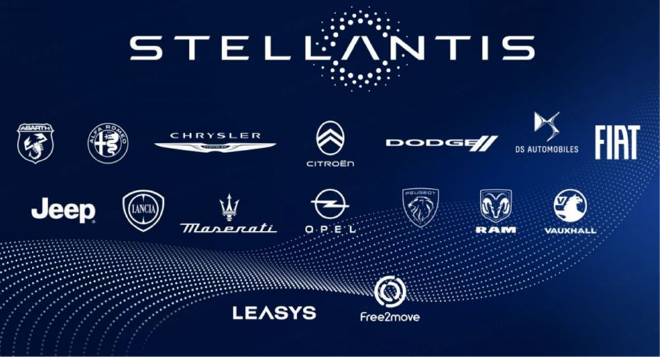In the current environment of increasing product and brand strength, independent brands going global seems to have become a standard move, and Europe has become the primary destination for going global. On the evening of October 26, a piece of news caused a sensation in the automotive industry. The new car company, Zero Run Auto, announced a partnership with Stellantis Group. Stellantis Group will invest 1.5 billion euros to acquire approximately 20% of Zero Run Auto’s shares, becoming a strategic shareholder. The two parties will establish a joint venture named “Zero Run International.” In addition to the Greater China region, this joint venture will have exclusive rights to export and sell products to all other global markets, as well as exclusive rights to manufacture Zero Run Auto products locally.
The surprising thing is, just 25 days after the formal cooperation was reached, the two sides have officially completed the delivery, which also means that Stellantis Group’s 1.5 billion euro investment in Zero Run has been officially secured. The cooperation between the two parties will officially start the next step. Although many details about Zero Run’s foray abroad still need to be confirmed, after the official announcement, Wu Qiang, co-vice president of Zero Run, also communicated deeply with the media, disclosing more details about the cooperation. Has there been a change in management and management decisions after the cooperation between the two parties? Stellantis’ investment in the board of directors and as a shareholder does not change Zero Run Technology’s equity structure, shareholder structure, and daily operations and management. At the board of directors level, of the nine directors, Zero Run holds seven and Stellantis holds two. In terms of the proportion of directors, Zero Run is dominant. In terms of overseas business, with regard to Zero Run International, the joint venture established by the two parties, Wu Qiang also said that in terms of shareholding, Stellantis Group holds 51% and Zero Run holds 49%. Behind this setting, there are mainly two levels of meaning. First, when populism rises overseas, Stellantis Group, as a 51% shareholder, has the ability to alleviate or resolve such problems. Secondly, in terms of overseas expansion, it can enable Stellantis Group to better play a subjective initiative, mobilize resources, and help both parties increase overall sales. However, Wu Qiang also emphasized that such a share ratio does not change the daily operations and shareholder structure of Zero Run Technology. The chairman of the joint venture company is still the current chairman of Zero Run Automobile, Zhu Jiangming, and the general manager is appointed by Stellantis. Both parties must agree on all major matters, including products, marketing strategies, and service methods, before proceeding. How is the progress of the cooperation between the two parties? Wu Qiang metaphorically described the formal completion of the delivery of Zero Run’s cooperation with Stellantis Group as a “ladder.” He believes that the first chapter has turned over, the overseas business ladder has been built, and Zero Run is ready to set off. By the third quarter of 2024, the car products from the cooperation will officially make their way to Europe through exports. Zero Run currently has not disclosed a clear sales model, but Wu Qiangwu stated that they will utilize the channel resources there and combine Zero Run’s strong tactics in China to build the most effective sales method. Zero Run will not make large-scale overseas investments. Wu Qiang also reiterated the plan for the European market and Zero Run’s future strategy: they will not build factories overseas or make large-scale capital expenditures. Wu Qiang introduced that Zero Run’s car production capacity is abundant and can meet the demand for overseas exports. They plan to utilize the existing production capacity in Europe for OEM production, including Stellantis’ own factories and possibly third-party factories. However, Wu Qiang also pointed out that entering the overseas market is not a guarantee of success and comes with challenges such as different cultures, politics, regions, and consumer characteristics. Wu Qiang summarized the opportunity for cooperation as a “win-win” situation, where Zero Run hopes to sell its products with the best return on investment in markets outside of China, and Stellantis, despite having 14 brands, lacks electric car products, which Zero Run’s product lineup can compensate for.
It is worth noting that Stellantis Group currently has a presence in more than 130 countries worldwide, with over 20% market share in Europe, North America, and Latin America. A pure electric vehicle product is the key to increasing sales in different markets for Stellantis and is also the necessary path for Zero Run to enter overseas markets. “The common goal is to sell a lot of Zero Run cars and achieve high sales, this is a shared goal,” Wu Qiang said. Currently, Zero Run’s cash flow has turned positive, and by next year, the gross profit margin will further increase. By the end of 2025 or 2026, Zero Run will achieve positive net profit. This is not easy for a new car company. By 2025, it will be the two-year anniversary of their official cooperation. Looking at it now, the cooperation with Stellantis Group is an important step for Zero Run to enter overseas markets and a crucial opportunity for its rise.

